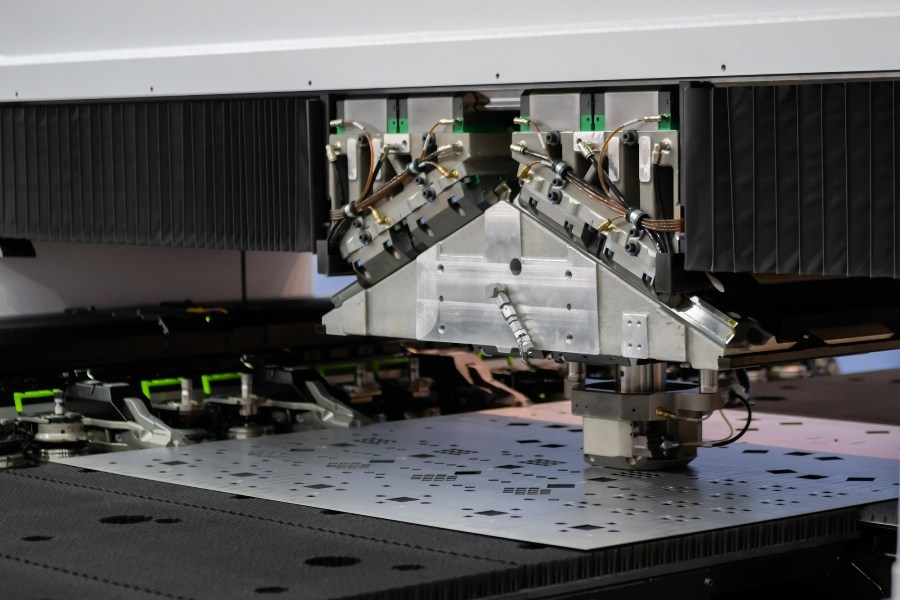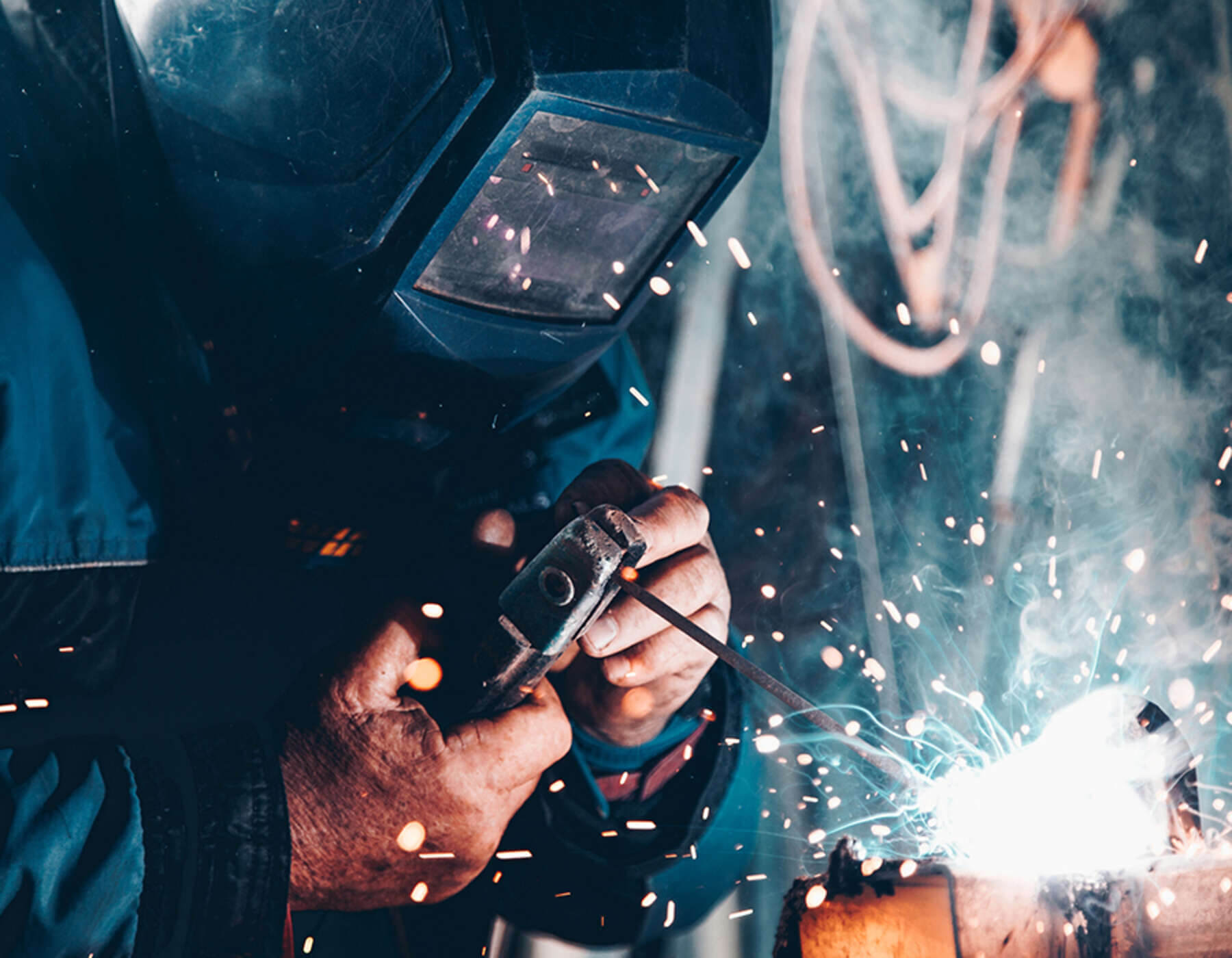
CNC—Computer Numerical Control punching is a fabrication process that punches various shapes into sheet metal using digital technology, shapes that have been pre-programmed into the machinery.
Due to the digital aspect of this particular element of the fabrication process, you can achieve incredibly accurate punches that are cost-effective and to a high standard.
This sheet metal service is suitable for small and large batch work, achieving complex shapes using varying machine combinations and capabilities.
Working with a professional and experienced fabrication team is your best chance at achieving the right and most superior outcome for your project.
In this post, we look at the advantages of CNC punching and the process that sheet metal goes through.
CNC punching explained
CNC punching involves taking sheet metal and manufacturing it into a desired shape and design.
It is an area of the fabrication process that requires precision and a high degree of skill, which is why it is always recommended that you produce a prototype before you enter full-scale production. This allows for any changes to be made to the digital file ASAP.
Using plate-cutting machinery and technology, CNC punching helps support quicker assembly, lowers production costs, and provides greater accuracy.
How CNC punching works
CNC punching works when we input the correct information and data into the equipment.
Using a specific software file that has been pre-programmed, most typically a CAD file, this will then be converted into a computer-aided manufacturing (CAM) outcome. The CNC programme is the set of instructions that drives the machine and ultimately creates the design.
Once designs and technical information are uploaded, the programme will then begin to move across the sheet metal that has been put in place, precisely positioning the sheet under the machine’s punching ram. The material stays completely motionless while the machines rotating cutting tools move across the sheet.
The equipment will then get to work with the punching tool coming down onto the sheet metal, creating pressure that will create the hole or the desired shape.
There are various pieces of CNC punching equipment to be aware of:
Multi-tool – due to the multiple aspects this tooling offers, you can easily and quickly create multiple holes and meet various design criteria. Cluster tools like this can reduce CNC punching time when multiple holes or dimples are required on the sheet metal.
Single linear – allowing for more precision with this piece of equipment, you use one piece of equipment or tooling system at a time.
CNC laser—Lasers are used to cut and etch objects, using heat to create the hole/desired shape. Engraving tools like lasers are typically used to help label and identify parts, names, gradings, etc.
It’s important that you choose your punching machine carefully and work with the right tools and equipment for the material selection, size, and density.
CNC machining works across sheet metals, including stainless steel, aluminium, brass, and certain plastics.
We recommend the ideal thickness range for using CNC machinery from 0.5mm to 6mm.
This process is efficient, causes minimal waste, and can achieve high-quality results in a reasonable timeframe.
Sheet metal fabrication, and, in particular, CNC punching, is used across various sectors due to its ability to create a range of features.
If you want to learn more about sheet metal services, check out our latest post on spot welding and the advantages this welding process can offer.
Advantages of CNC punching
- Cost-effective and safe due to its ability to be automated and the production of less waste
- Fast – can lead to increased productivity and a reduction in overall lead times
- The design can be used time and time again as the CAD files remain your property
- Accurate – offers a high level of precision and consistency
- It sees less waste, making it highly efficient
- The process can be automated, providing you with confidence in accuracy and speed
- It won’t create spatter, waves, or scratches, a bonus when high quality is of the utmost importance
- Can work across simple and complex designs.
Points to be aware of with CNC punching
- Hole shape and size can’t be smaller than the thickness of the material.
- You must consider material thickness when planning and gaging the distance between the holes/edges.
- A laser cutter is faster to set up compared to a CNC punch.
It is essential for all projects that you work with and to your design brief. Of course, changes can be made along with alterations if this is feasible, and you should work with your chosen fabricator to ensure the best outcome for your project.
Sheet metal fabrication near me
At Morfabrication, we pride ourselves on providing a one-stop shop for all your fabrication needs. We offer a range of fabrication services and processes and work collaboratively with you to achieve the best outcome.
We have experience with everything from creating water features to cover unsightly drains to pipe tubing for retail units, seated planters for outdoor shopping centres, and bespoke copper bar tops.
Are you thinking about your next fabrication project?
Get in touch with our team today and see how we can help you.
